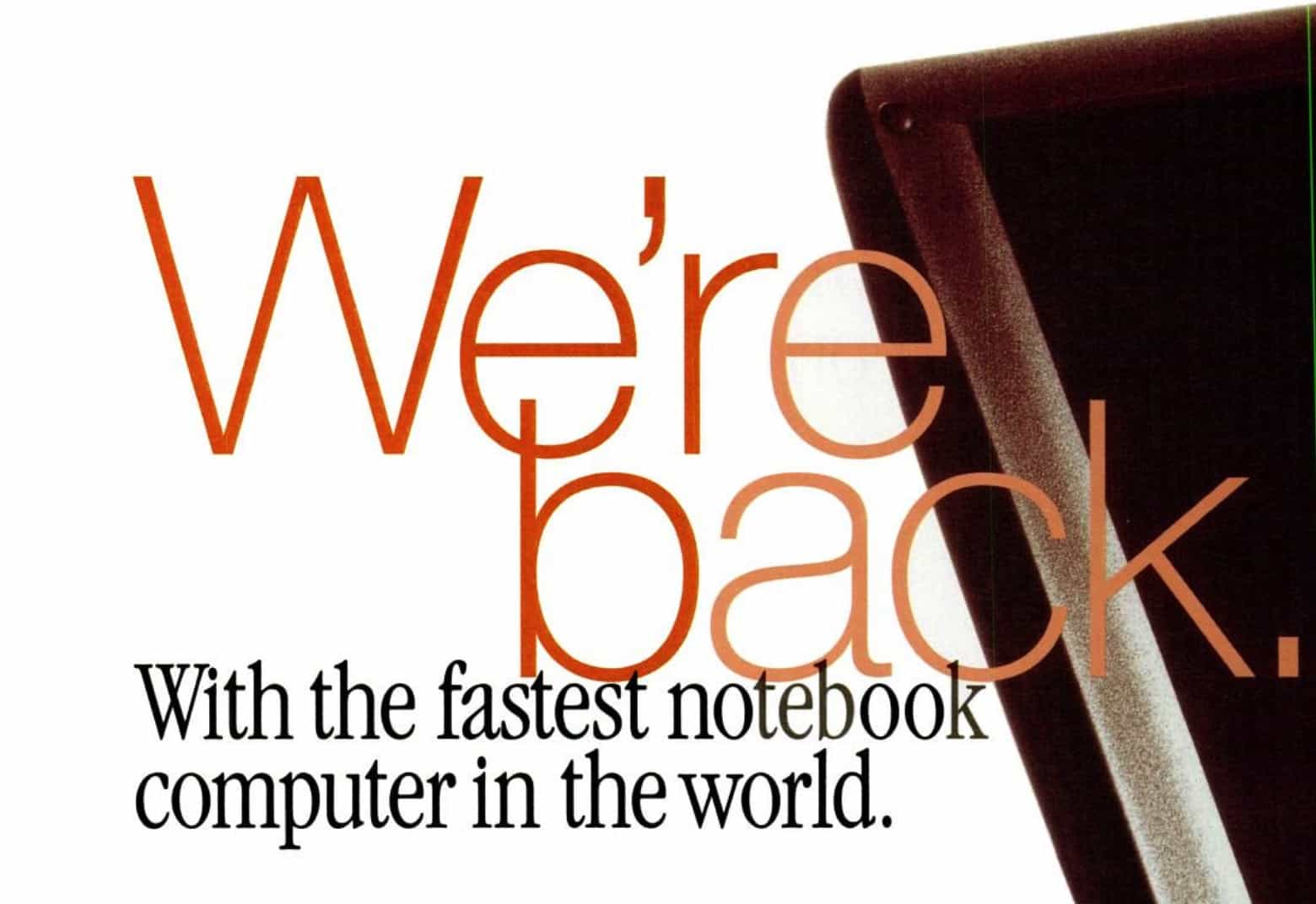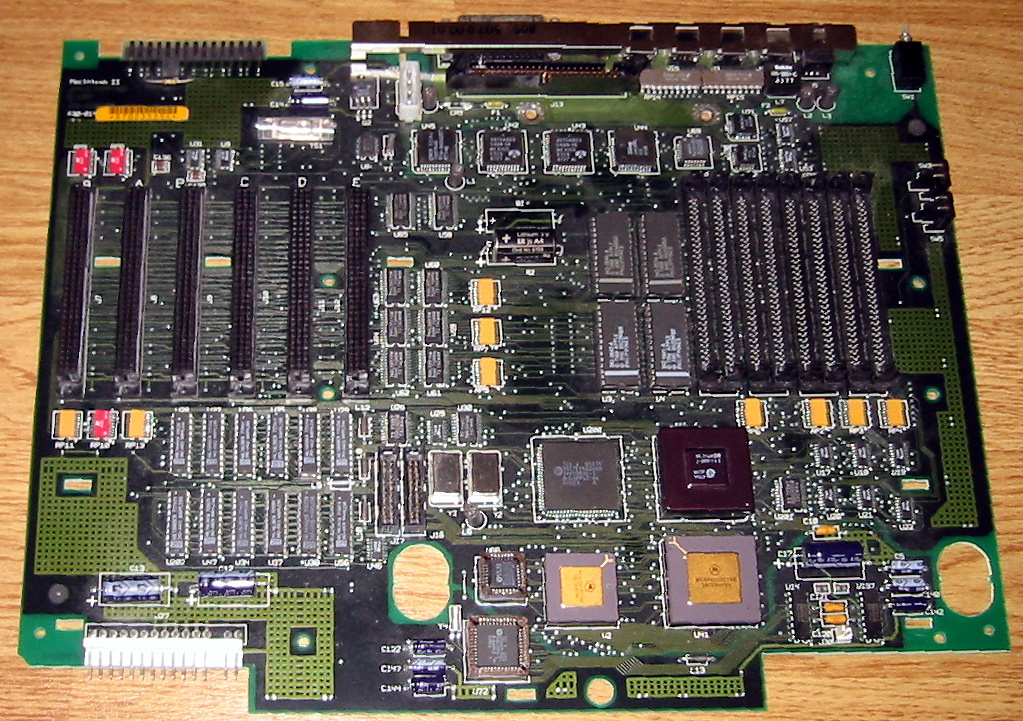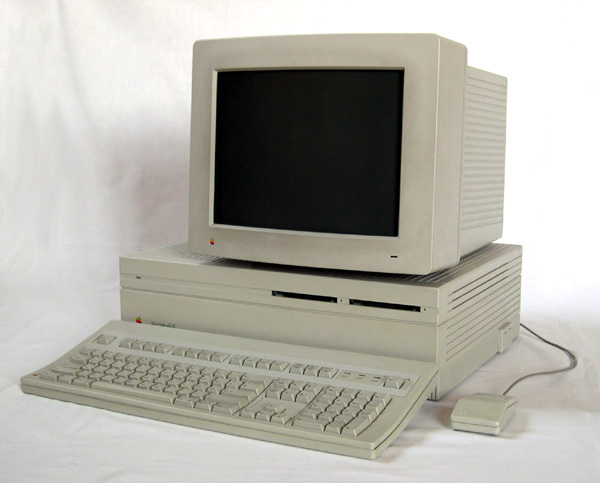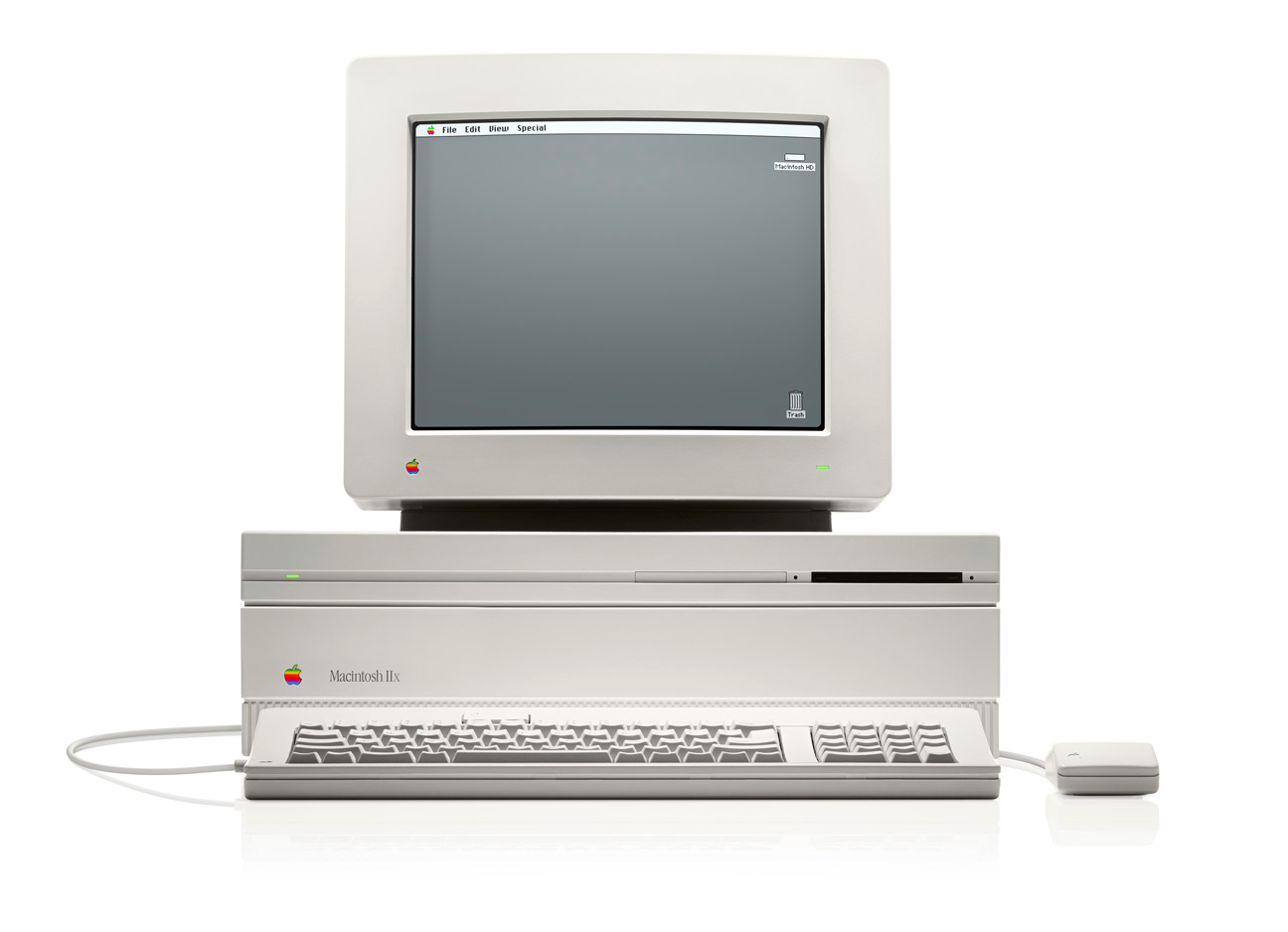In March 1987, three years after the release of the original Macintosh 128K, Apple introduced its successor, the Macinotsh II. Although other Mac models had seen the light of day in the meantime, the roman two in the name of this computer clearly indicated that this particular model was the main upgrade of this product line. Apple appropriately praised its Macintosh II - it boasted significant improvements in terms of hardware, the option to purchase a color display (which was not exactly a given at the time) and a new architecture. Its open form was what set the Macintosh apart from some other models, and thanks to it, users had much richer options for modifying the computer.
It could be interest you

One of the factors that allowed Apple to release the Macintosh with an open architecture was the fact that Steve Jobs - a staunch opponent of such possibilities - was no longer with the company at the time. From the very beginning, Steve Jobs was more of a fan of computers that "just work" and in which users do not need additional adjustments, modifications and extensions. According to Jobs, the ideal computer was a machine that the average user wouldn't even have a chance to open.
The Macintosh II allowed users a variety of interventions and modifications without voiding the warranty. Thanks to its open architecture, accessibility and slots for cards of all kinds, this model earned the nickname "Open Mac". Another reason for enthusiasm was the possibility of acquiring a color display for the Macintosh II, while users were grateful for the choice, and they were also impressed by the new Mac's thirteen-inch monitor, which was quite large for its time. The Macintosh II was equipped with a 16 MHz Motorola 68020 processor, up to 4MB of RAM and up to an 80MB hard drive. The Macintosh II was sold without a keyboard, but users could purchase either the ADB Apple Keyboard or the Apple Extended Keyboard. Macintosh II was introduced at the AppleWorld conference, the price of the basic model was 5498 dollars.




